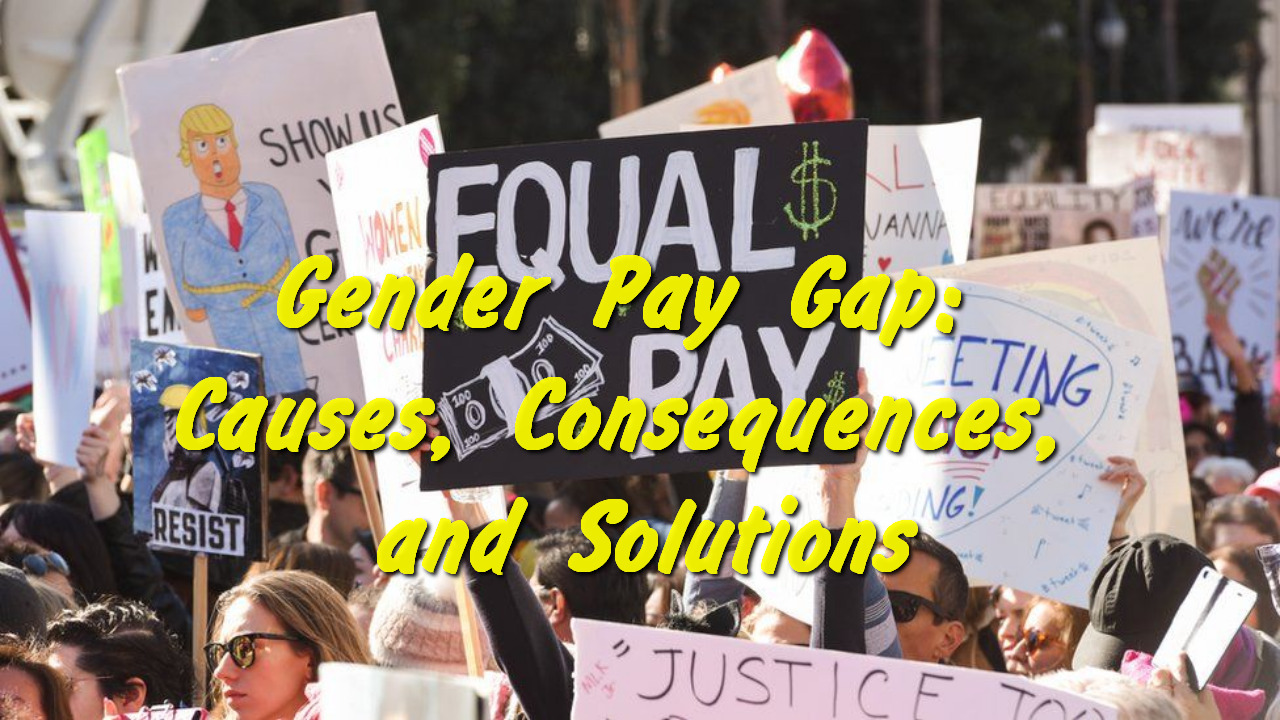In a world striving for equality and inclusivity, the gender pay gap remains a persistent issue that continues to affect societies, economies, and individuals. Stemming from complex social and economic factors, this disparity between the earnings of men and women has far-reaching consequences. However, concerted efforts and innovative solutions are being devised to bridge this gap and create a more equitable future.
Causes of the Gender Pay Gap

Historical Precedence
The origins of the gender pay gap can be traced back to historical norms that relegated women to domestic roles while positioning men as breadwinners. This legacy has cast a long shadow, perpetuating stereotypes that affect job opportunities and wages. Societal expectations still nudge women toward certain professions, such as making pay stubs, often undervalued and underpaid, reinforcing the gap.
Occupational Segregation
The phenomenon of occupational segregation persists, with men and women disproportionately represented in different industries. Male-dominated sectors tend to offer higher wages, while female-dominated fields often pay less. This segregation is perpetuated by biased hiring practices, unequal opportunities for advancement, and the undervaluing of skills in female-dominated roles.
Consequences of the Gender Pay Gap

Economic Implications
The gender pay gap hampers overall economic growth. When women are paid less for equal work, they have less purchasing power, impacting consumer spending. This ultimately affects demand for goods and services, hindering economic expansion. Moreover, it limits women’s ability to invest, save, and contribute to retirement funds, perpetuating financial insecurity.
Societal Inequality
Beyond economics, the gender pay gap perpetuates societal inequalities. Women are often burdened with a higher share of caregiving responsibilities, which can lead to career interruptions and fewer opportunities for advancement. This contributes to the overall cycle of women’s underrepresentation in leadership roles, hindering diversity of thought and decision-making.
Solutions to Bridge the Gap

Pay Transparency
One key solution is implementing pay transparency policies. When companies disclose salary ranges for various positions, it becomes harder to justify wage disparities based on gender. This transparency promotes accountability and provides a basis for negotiation, empowering women to demand fair compensation.
Flexible Work Policies
Flexible work arrangements can aid in reducing the gender pay gap. By offering options such as remote work or flexible hours, companies can accommodate the diverse needs of their workforce, particularly women who often juggle professional and caregiving responsibilities.
Equal Opportunity Initiatives
Efforts to promote gender equality should extend to equal opportunity initiatives. Companies can implement mentorship programs, leadership training, and unbiased recruitment processes to level the playing field and encourage women’s career progression.
Conclusion
The gender pay gap, a deeply ingrained societal issue, persists due to historical biases, occupational segregation, and unequal opportunities. Its consequences reverberate across economies and societies, perpetuating inequalities and stifling progress. However, promising solutions such as pay transparency, flexible work policies, and equal opportunity initiatives offer hope for a more equitable future. By dismantling systemic barriers and fostering an environment that values the contributions of all, we can work towards closing the gender pay gap and creating a more inclusive world for future generations.

